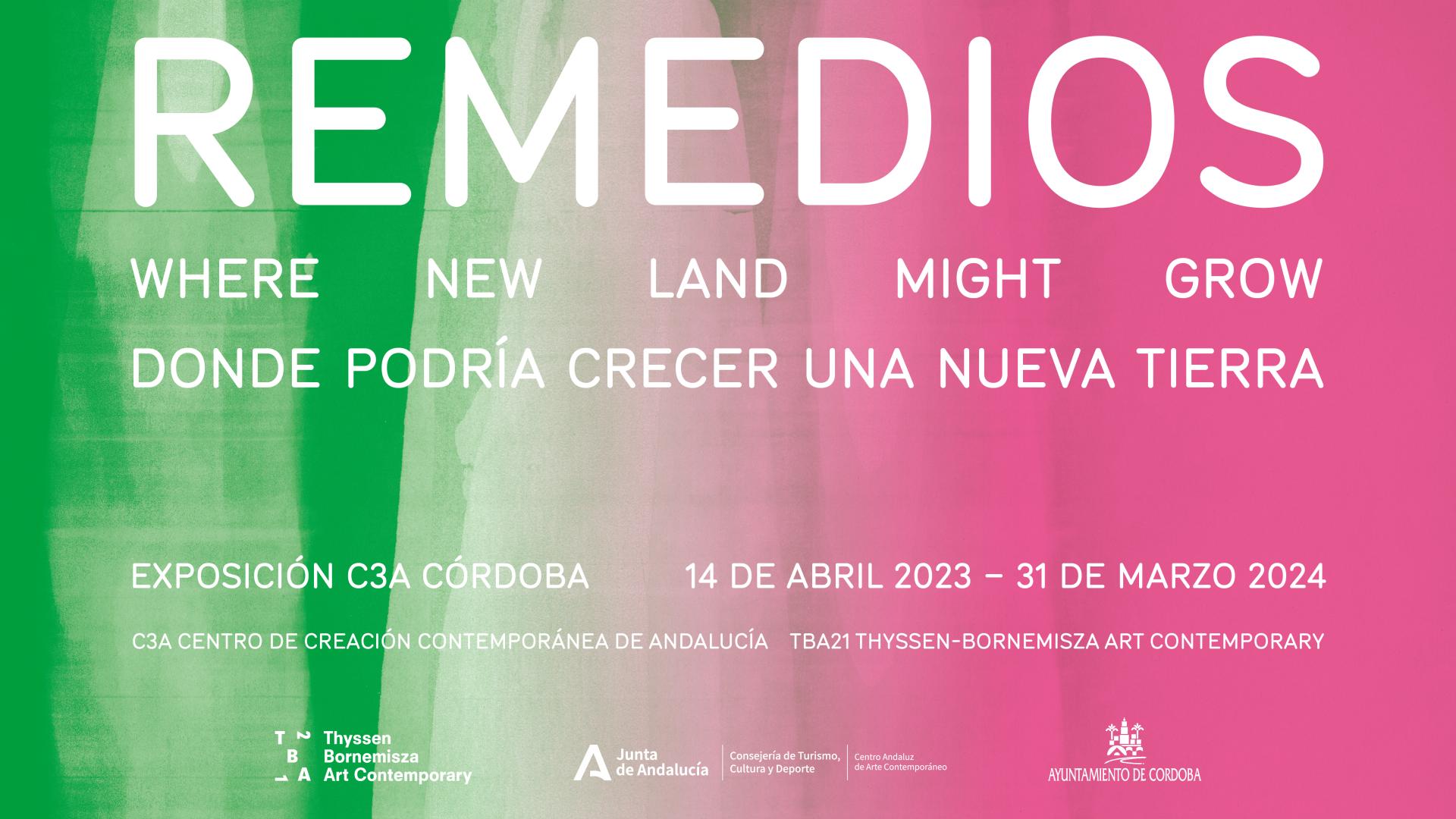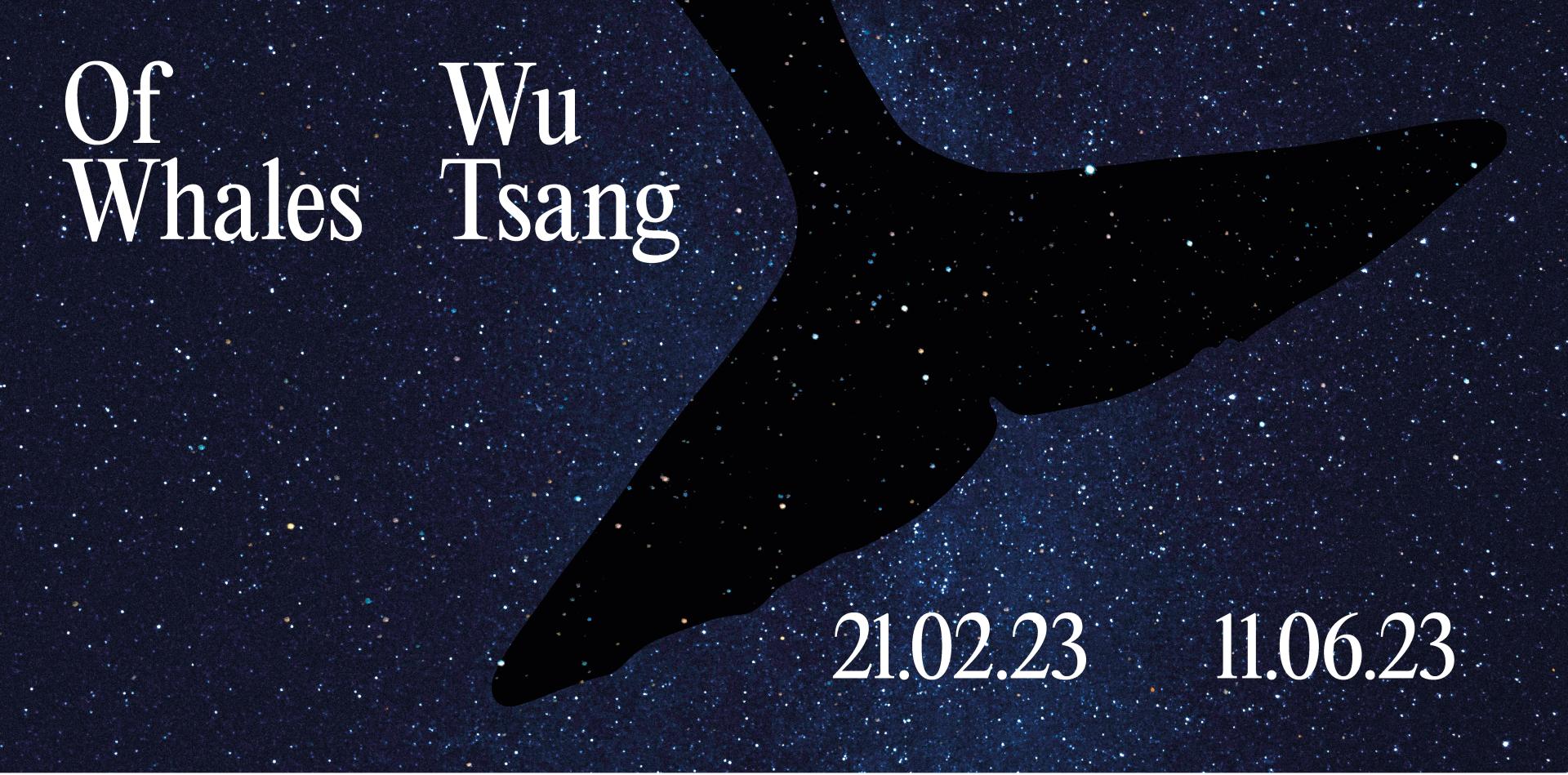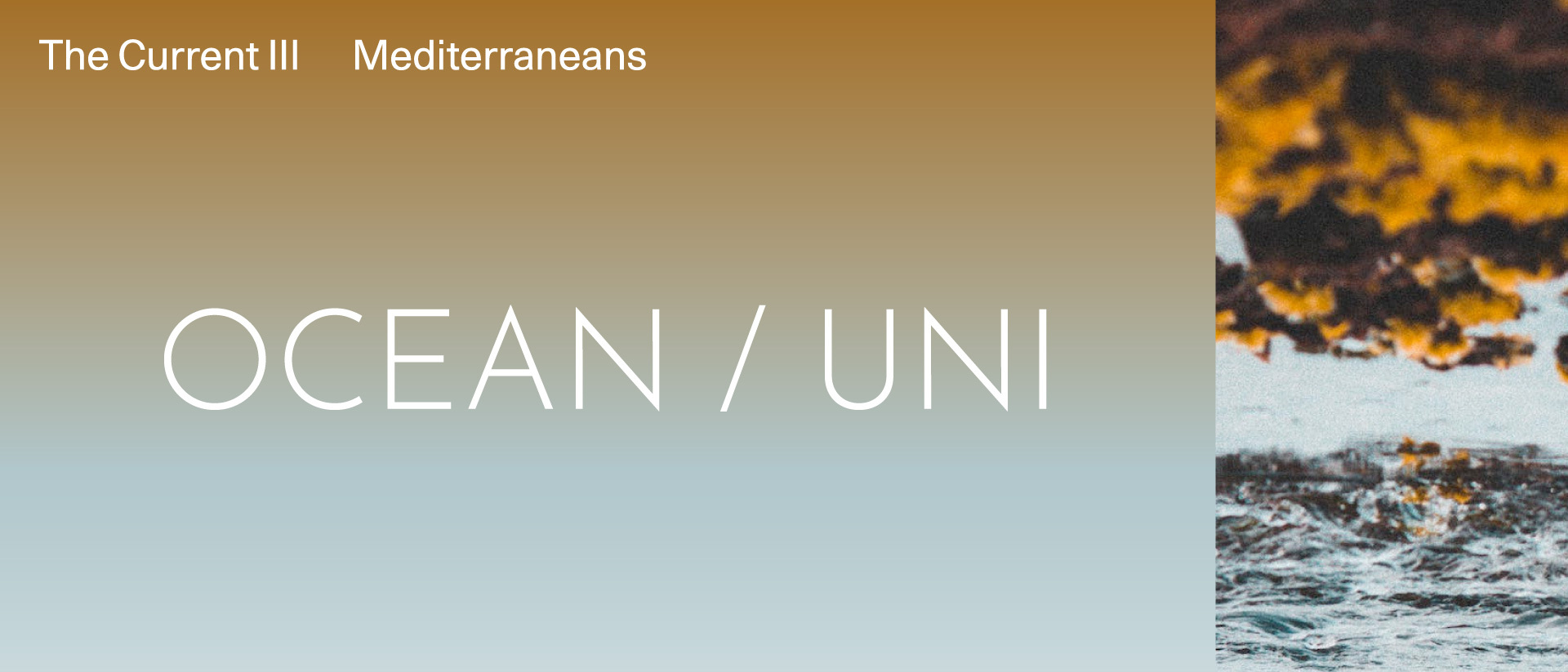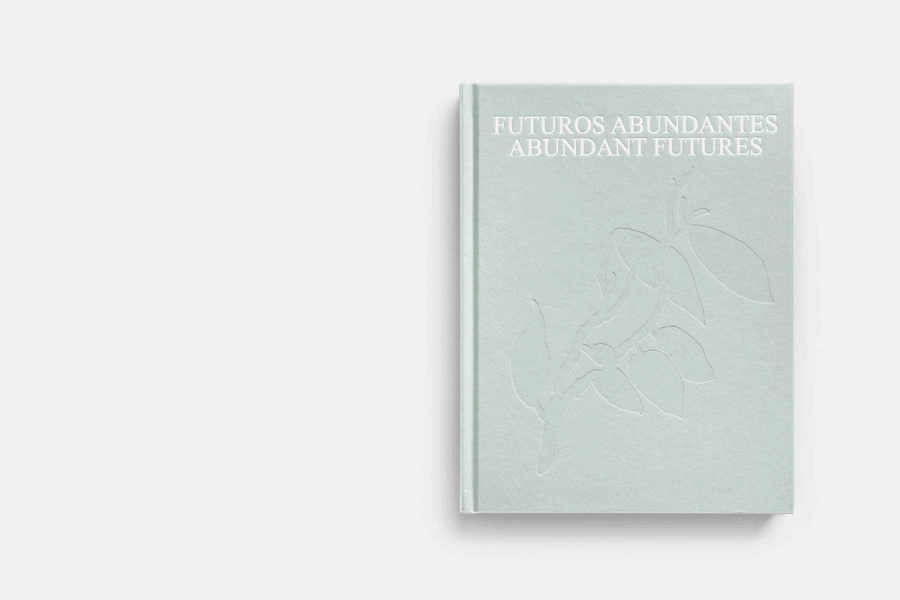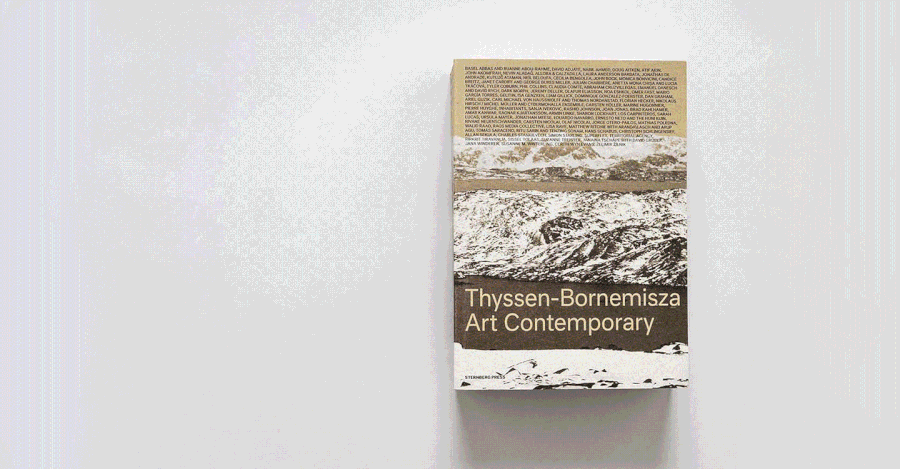Golem
Gelatin

Photo: Christoph Harringer
Collection
Glazed ceramic, plinth (wood, rebar, concrete)
22 x 22 x 22 cm (ceramic)
88 x 72 x 29 cm (plinth)
In 2017, the Viennese artist collective Gelatin staged an exhibition at Greene Naftali called New York Golem, containing over 40 sculptures. Footage detailing how they’d been made, originally uploaded online, showed the artists making tools of their genitals to shape pieces of clay. It was later disallowed its online presence for “violating YouTube’s policy on nudity and sexual content.” Each sculpture in the exhibition consisted of one of the resulting ceramic forms positioned upon an individually crafted plinth, made from Gelatin’s usual material stock of wood, plaster, metal, plasticine, furniture and household objects. The clay figures, each roughly the size of a human head, are the specific components which give the works their titles: they derive both the inspiration for their process and their meaning from the narrative of the golem in Jewish folklore. In Jewish legend, a golem is an anthropomorphic figure formed from inanimate matter. In the Middle Ages, golems were believed to have been created in moments of ecstatic pleasure. With etymological roots that date back to the story of Adam’s creation in Psalm 139:16, the symbolic potential of the figure of the golem has been well-demonstrated by its retelling and reinterpretation over time. The mutability of the golem’s recorded history, nonetheless, stems from the mystery surrounding the singular and narratively consistent moment of its magical birth from unformed substance.
Transforming this key element of a golem’s awakening into process, Gelatin produced an entire series of ceramics “molded by [their] genitals and sometimes through the behind.”[1] Positioned on plinths and arranged in classical figure groups whilst at the same time embodying a formal language rooted in sculptural histories of assemblage and the readymade, Gelatin’s Golem sculptures collapse the narrative of the golem’s creation with the process of artistic production and display. More direct allusions to the formal anthropomorphism of the golem were made in works like this, where a cast leg juts out from the sculpture’s main body of raw wood, aligning this series of work with Gelatin’s larger practice. As Richard Parry has written, “[m]ade from sections of found furniture, many of their pieces have the appearance of hacked off limbs forcibly conjoined with other appendages to create objets d’art at once monstrous, tender and beguiling.”[2] In their exhibition at Greene Naftali, “[t]he plinth lifts the ceramic gracefully to give it space to unfold. More than 40 of these New York golems come to life in the gallery.”[3] Drawing parallels between the Jewish folktale and the conversations which occur around the life of a work of art, Gelatin touch upon the conditions which continue to sustain art’s autonomy in its contemporary condition. –Elsa Gray
[1] Exhibition press release, available at https://www.gelitin.net/projects/New-York-Golem/
[2] Richard Parry, “Gelitin,” in The New Décor (London: Hayward Publishing, 2010), 80.
[3] Exhibition press release, available at https://www.gelitin.net/projects/New-York-Golem/
22 x 22 x 22 cm (ceramic)
88 x 72 x 29 cm (plinth)
In 2017, the Viennese artist collective Gelatin staged an exhibition at Greene Naftali called New York Golem, containing over 40 sculptures. Footage detailing how they’d been made, originally uploaded online, showed the artists making tools of their genitals to shape pieces of clay. It was later disallowed its online presence for “violating YouTube’s policy on nudity and sexual content.” Each sculpture in the exhibition consisted of one of the resulting ceramic forms positioned upon an individually crafted plinth, made from Gelatin’s usual material stock of wood, plaster, metal, plasticine, furniture and household objects. The clay figures, each roughly the size of a human head, are the specific components which give the works their titles: they derive both the inspiration for their process and their meaning from the narrative of the golem in Jewish folklore. In Jewish legend, a golem is an anthropomorphic figure formed from inanimate matter. In the Middle Ages, golems were believed to have been created in moments of ecstatic pleasure. With etymological roots that date back to the story of Adam’s creation in Psalm 139:16, the symbolic potential of the figure of the golem has been well-demonstrated by its retelling and reinterpretation over time. The mutability of the golem’s recorded history, nonetheless, stems from the mystery surrounding the singular and narratively consistent moment of its magical birth from unformed substance.
Transforming this key element of a golem’s awakening into process, Gelatin produced an entire series of ceramics “molded by [their] genitals and sometimes through the behind.”[1] Positioned on plinths and arranged in classical figure groups whilst at the same time embodying a formal language rooted in sculptural histories of assemblage and the readymade, Gelatin’s Golem sculptures collapse the narrative of the golem’s creation with the process of artistic production and display. More direct allusions to the formal anthropomorphism of the golem were made in works like this, where a cast leg juts out from the sculpture’s main body of raw wood, aligning this series of work with Gelatin’s larger practice. As Richard Parry has written, “[m]ade from sections of found furniture, many of their pieces have the appearance of hacked off limbs forcibly conjoined with other appendages to create objets d’art at once monstrous, tender and beguiling.”[2] In their exhibition at Greene Naftali, “[t]he plinth lifts the ceramic gracefully to give it space to unfold. More than 40 of these New York golems come to life in the gallery.”[3] Drawing parallels between the Jewish folktale and the conversations which occur around the life of a work of art, Gelatin touch upon the conditions which continue to sustain art’s autonomy in its contemporary condition. –Elsa Gray
[1] Exhibition press release, available at https://www.gelitin.net/projects/New-York-Golem/
[2] Richard Parry, “Gelitin,” in The New Décor (London: Hayward Publishing, 2010), 80.
[3] Exhibition press release, available at https://www.gelitin.net/projects/New-York-Golem/
gelitin is a group of four artists from Vienna, Austria. The group was formerly known as gelatin and changed their name in 2005. They are known for creating sensational art events in the tradition of Relational Aesthetics, often with a lively sense of humor.
Among their projects are a gigantic plush toy: a 55 meter tall pink rabbit on Colletto Fava (near Genoa, Italy), intended to remain there until 2025.[1][2] In November 2005, the group had a show at Leo Koenig, Inc. in New York, a project called Tantamounter 24/7. The project was a "gigantic, complex and very clever machine", according to the artists, which functioned as a kind of art-Xerox. The group erected a barrier blocking off one half of the space, locking themselves inside for one week, then asking visitors to insert items that they wanted copied into an opening in the barrier, which copies were then returned through another opening.[3]
This biography is from Wikipedia under an Attribution-ShareAlike Creative Commons License.
Among their projects are a gigantic plush toy: a 55 meter tall pink rabbit on Colletto Fava (near Genoa, Italy), intended to remain there until 2025.[1][2] In November 2005, the group had a show at Leo Koenig, Inc. in New York, a project called Tantamounter 24/7. The project was a "gigantic, complex and very clever machine", according to the artists, which functioned as a kind of art-Xerox. The group erected a barrier blocking off one half of the space, locking themselves inside for one week, then asking visitors to insert items that they wanted copied into an opening in the barrier, which copies were then returned through another opening.[3]
This biography is from Wikipedia under an Attribution-ShareAlike Creative Commons License.



